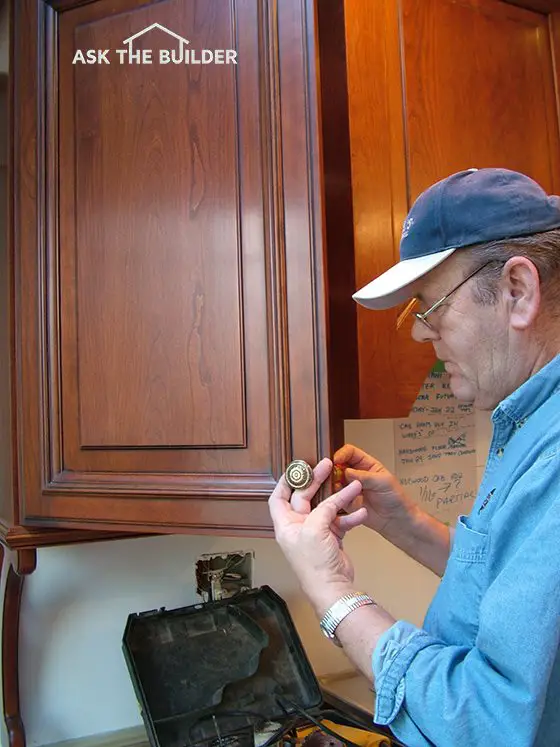DEAR TIM: We recently had a new home built. Within the past few months a problem has developed with the roof. There are distinct bulges and it appears that you can see the outline of many of the pieces of roof plywood. I know for a fact that these humps and bumps were not there when we moved in. The builder and the roofer admit no fault. I am not experiencing any leakage at this point but am worried. What happened and can it be corrected? P.J.
DEAR P. J.: Based upon your description of the problem, you need to get another individual into the loop. Your problem, in all likelihood, was caused by the carpenters who installed the roof plywood. The problem may have been magnified by the roofer and builder as well.
Wood products because of their cellular structure expand and contract with changes in moisture content. They experience the greatest dimensional change across the face of the grain of a piece of wood. Plywood products are giant pieces of wood exposing this face grain. Because of the manner in which plywood is constructed, this face grain points in both directions (width and length) on a piece of plywood. This means that you can experience severe expansion in both directions on a piece of plywood.
Plywood manufacturers are aware of this problem and have specific installation guidelines available to builders and remodelers. It is quite possible that these guidelines were not followed in your case. Two of the primary points in these guidelines speak to panel spacing and attic ventilation.
Because of the expansion problems that can occur with plywood, it is recommended that you plan for this expansion. There should be a minimum 1/8 inch gap around all edges of abutting pieces of plywood. This gap will allow the pieces of plywood to expand without buckling. My guess is that your plywood was installed without this required gap. When your plywood expanded, it puckered at the edges. In severe cases you will also see bulges within a single sheet, such as in your case.
Ventilation of attic spaces must also be adequate. The reason for this is really quite simple. In the summertime, the air in attics can get very hot (120 - 150 degrees F). As air gets hotter it has a greater capacity to hold water in the vapor state. This creates a problem for poorly ventilated attic spaces.
The air in these attics can hold, in the vapor state, a greater quantity of moisture than an equal volume of air on the outside of the roof. This extra moisture can be readily absorbed by the plywood which in turn causes the plywood to expand.
Adequate roof ventilation can minimize this buildup of water vapor by exchanging outside air with the air inside of your attic spaces. Advancements in ventilating technology allow for air in your attic spaces to be exchanged or moved on an almost continuous basis. Model building codes suggest minimum ventilating requirements.
It's very possible that your roof has inadequate ventilation. This responsibility should be shared by the builder and the roofer. There are many ways in which you can properly ventilate roof and attic spaces, all of which should be familiar to your roofer. Continuous roof vents, stationary roof vents, turbine vents and power attic ventilators are just a few. These ventilating systems work in conjunction with adequate soffit ventilation. Your builder is responsible for providing adequate soffit ventilation.
Call your builder and have him fix the buckled plywood. Also, have him prove to you that your attic space is adequately ventilated.
 Get a
Get a 




